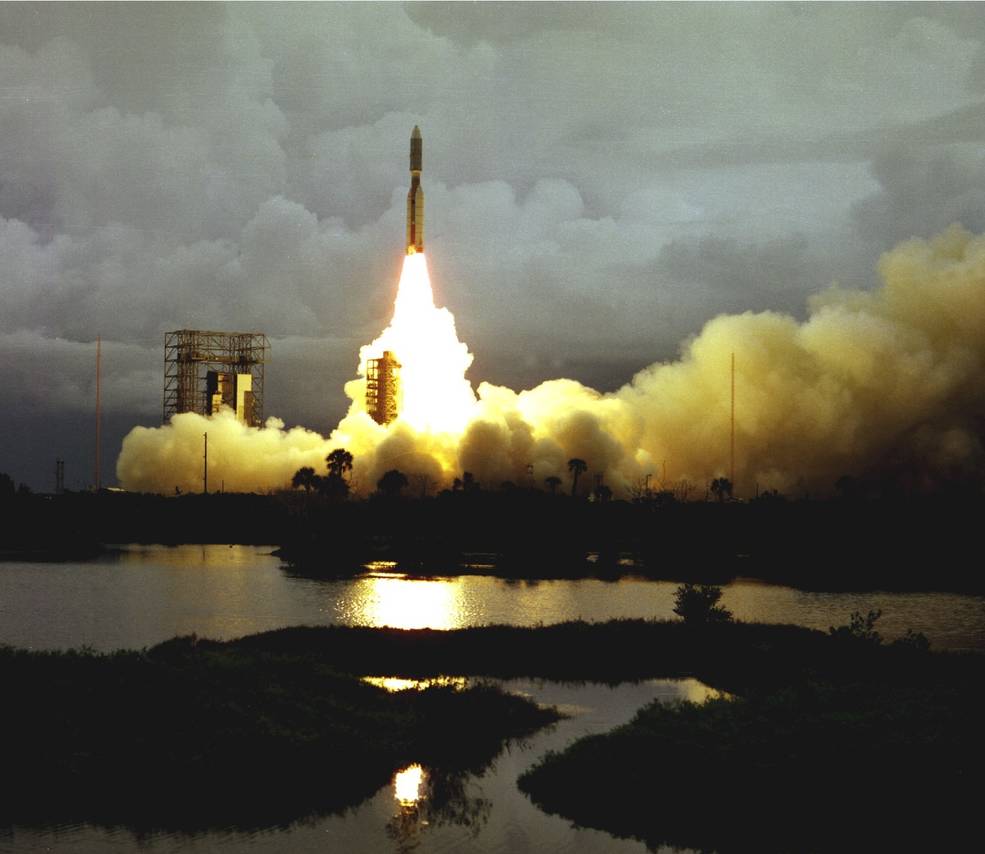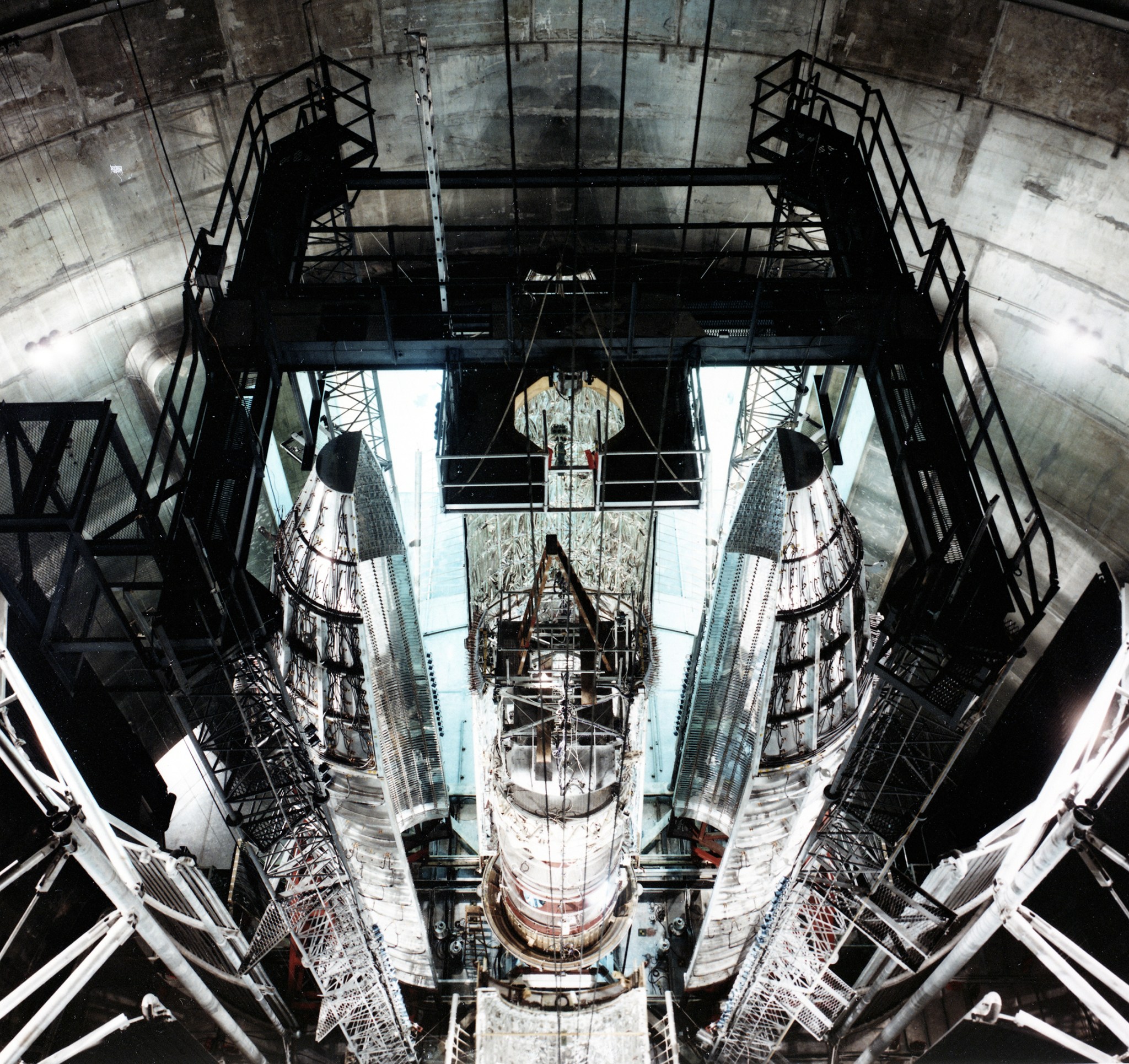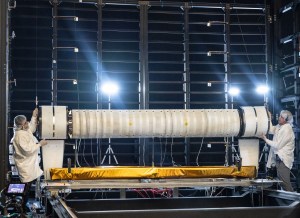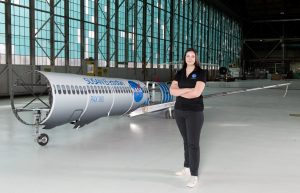At 5:22 p.m. on August 20, 1975, a Titan-Centaur rocket rose from Cape Canaveral, sending its Viking payload on a 500 million-mile journey to the surface of Mars. Within two minutes the massive vehicle was 30 miles above the Atlantic Ocean. The launch was followed 20 days later with the launch of a second Viking mission.
The Viking launches were tremendous successes for both NASA and the Lewis Research Center (now NASA Glenn), which managed the Centaur Program.
The two identical Vikings were the heaviest payloads ever attempted. To accomplish these heavy launches, NASA decided to pair the Centaur with the Titan III launch vehicle. Lewis engineers updated Centaur’s electronics, created a radiation shield for the fuel tank, and designed and tested a new shroud to encapsulate the oversized payload.
The Viking spacecraft arrived at Mars in the summer of 1976 for what was intended to be a 90-day mission. The vehicles, however, collected data for more than six years.
Viking was not only the first U.S. spacecraft to land on Mars, but also provided the first classification of the planet’s physical conditions and the first high-resolution images of Mars.
Learn more about current and future robotic missions on our Mars Exploration page.
Robert S. Arrighi
NASA’s Glenn Research Center































